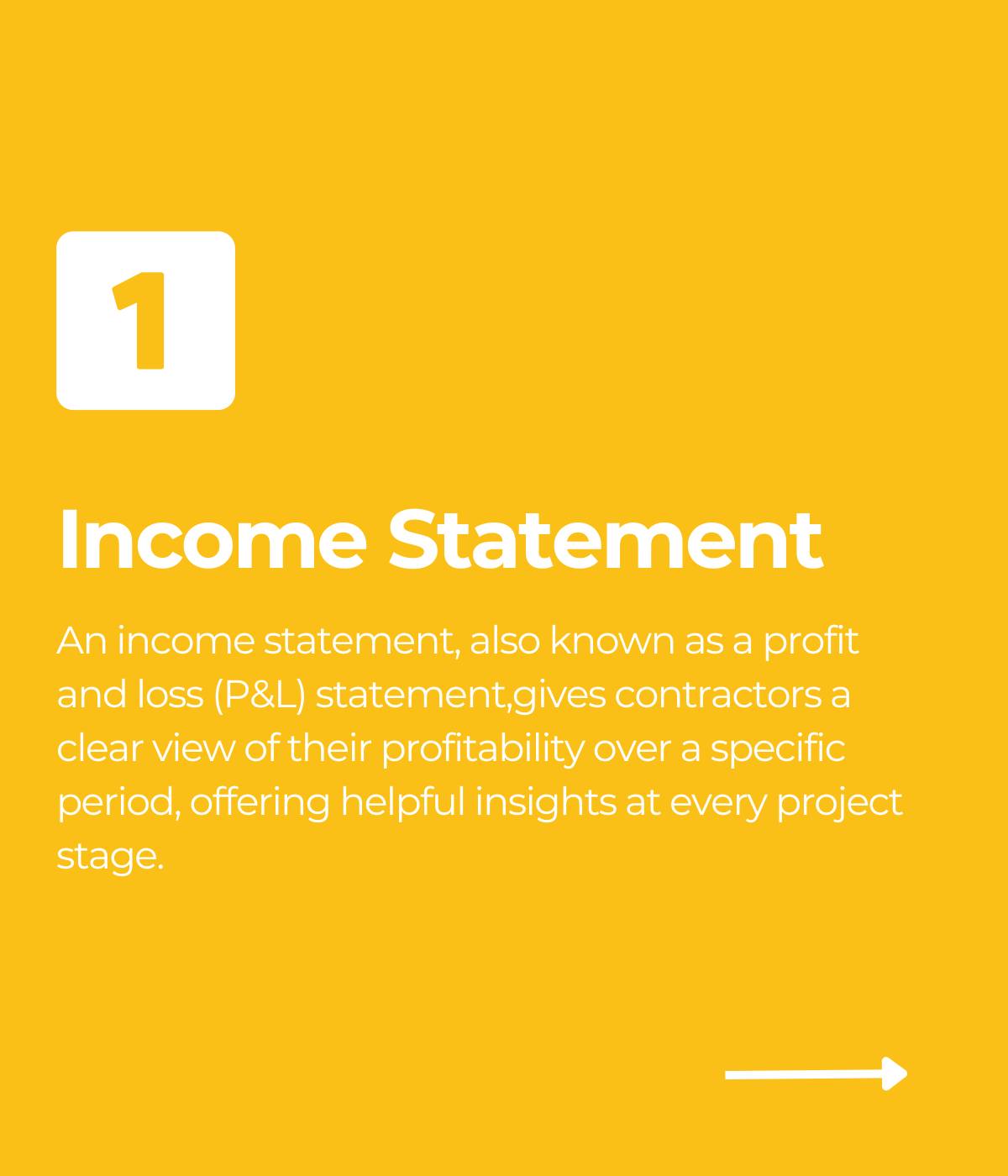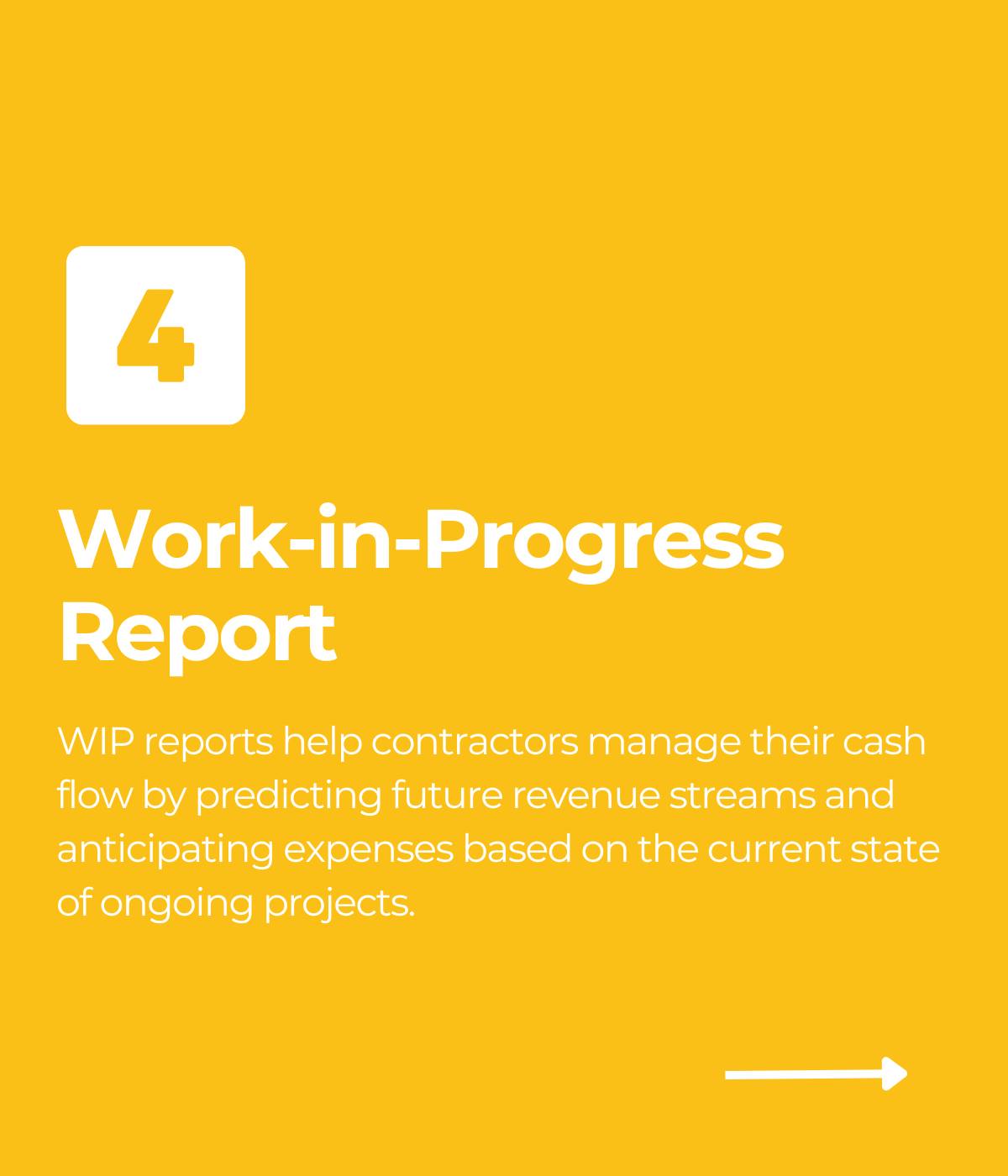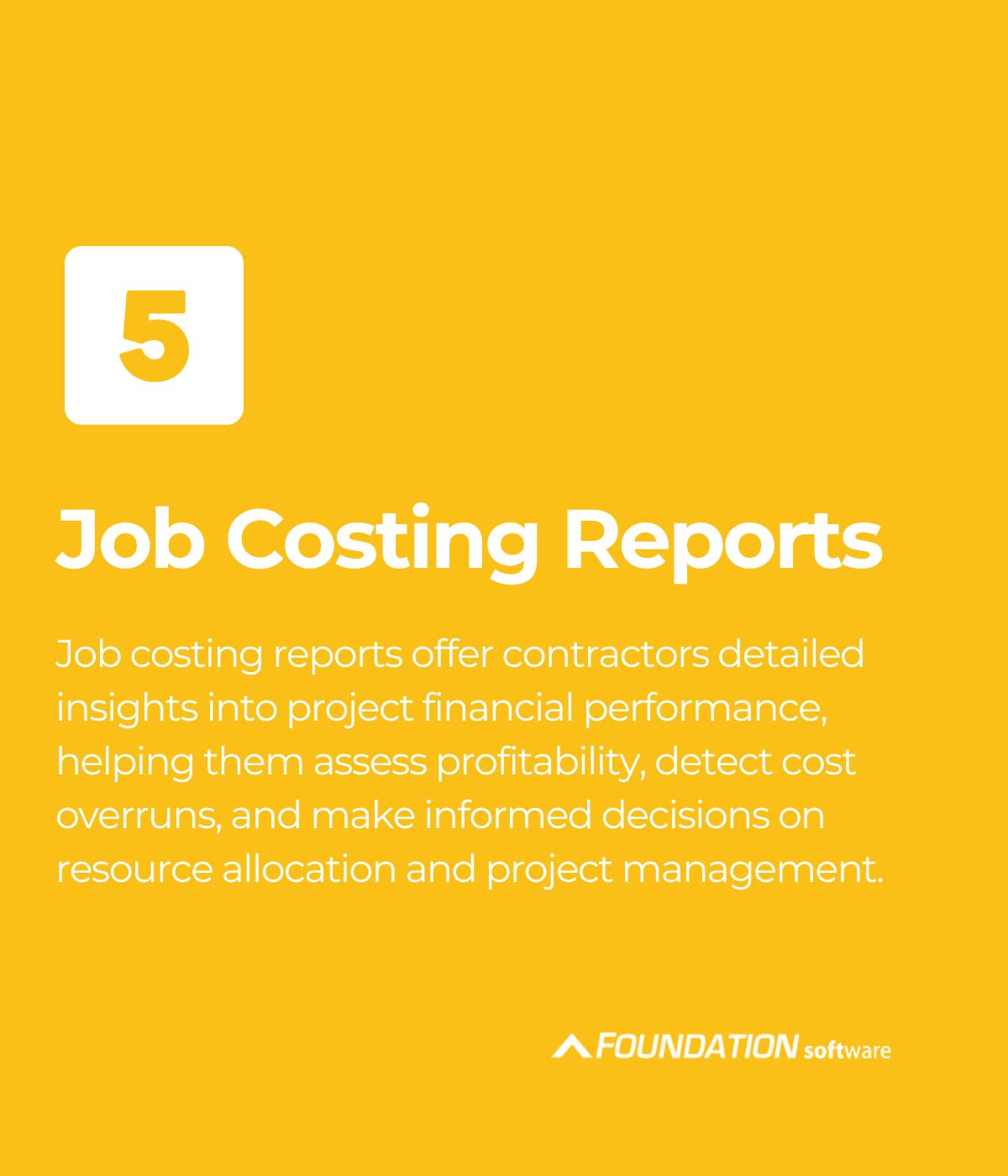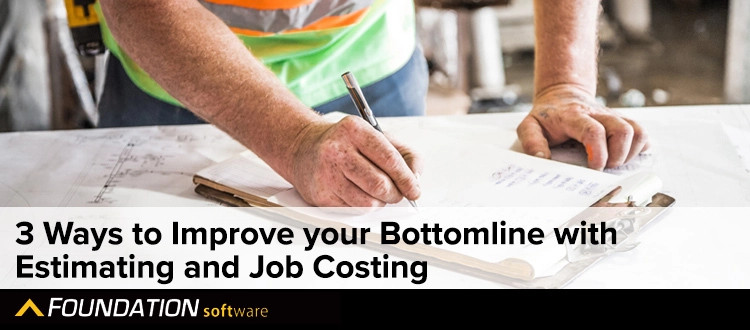

Guest Contributor: Chris Lee, Esticom
As a contractor, you must bid and win projects to stay in business. You have to estimate low enough to win against many competing subcontractors, but high enough to make a profit that is worth the risk you are taking. Doing so will allow you not only to survive but to thrive as a contractor.
But it doesn’t stop there. Once you’re awarded the project, you must use the estimated costs as your budget baseline to control costs and keep the project profitable. Then, after the project is complete, you can compare your actual and estimated costs to see how your actual productivity compares to your estimated productivity.
Taking these steps will give you a starting point to improve on future projects.

Step 1: Detailed Estimate with Construction Cost Codes
A detailed and accurate estimate is the first step in the process. No amount of project management or micromanaging your team can turn around a poorly estimated project. The right takeoff and estimating application will allow you to estimate the project, then build out a proper budget using standard cost codes.
As you perform this digital takeoff, the labor, material and other cost types will be automatically calculated and rolled up by cost code. This results in a manageable budget that can be pushed directly to your construction accounting software once the project is awarded.
Below is an example of a job that requires interior lighting and power work. With these tasks in mind, costs are budgeted for materials, labor and equipment so the actual costs can be compared throughout the job.
- Example Project Budget:
- 26 51 00, Interior Lighting
- Material – $100,000
- Labor – $30,000 (750 labor hours)
- Equipment – $8,000
- Total – $138,000
- 26 55 00, Power
- Material – $60,000
- Labor – $20,000 (500 labor hours)
- Equipment – $6,000
- Total – $86,000
Step 2: Push the Job Cost Break-outs to your Job Costing Software
Once the project is awarded and the budget is moved into your job costing system, you can begin to track and manage your costs by:
- Creating purchase orders and commitments
- Allowing field employees to clock in by project and cost code for labor tracking
- Building an accurate schedule of values for payment applications
The right job costing software will allow you to create an AIA billing record and update your job costs automatically in the system. Because the schedule of values (SOV) is built-in, you can track the actual costs of your project and bill the client monthly based on those costs, avoiding costly payment delays.
Step 3. Compare Actuals to Estimates and Calibrate
The final and most crucial step happens when the project is complete. Using the data you’ve collected, you can have a post- mortem to review what went well and what could use improvement. Most importantly, this data can be used to improve future estimates by ensuring that your estimated and actuals costs are dialed in.
It’s obviously bad when you have overruns. But many contractors make the mistake of giving high-fives when they come in way under budget, assuming this means they overachieved. That’s not necessarily the case. While being under budget is better than being over budget, it still means you made a less-than-precise estimate. You want to make adjustments to ensure you’re being competitive on future projects.
In either case, you now understand your true costs and can make better informed decisions on future projects when competing contractors might not know any better.
Here’s the same job as before, but with actual costs to compare to the budget.
- Example Project Budget:
- 26 51 00, Interior Lighting
- Material – $100,000 / Actual $96,000
- Labor – $30,000 / Actual $30,000
- Equipment – $8,000 / Actual $8,500
- Total – $138,000 / Actual $134,500 = $3,500 under budget
- 26 55 00, Power
- Estimated Material – $60,000 / Actual $58,000
- Estimated Labor – $20,000 / Actual $15,000
- Estimated Equipment – $6,000 / Actual $4,500
- Estimated Total – $86,000 / Actual $77,500 = $8,500 under budget
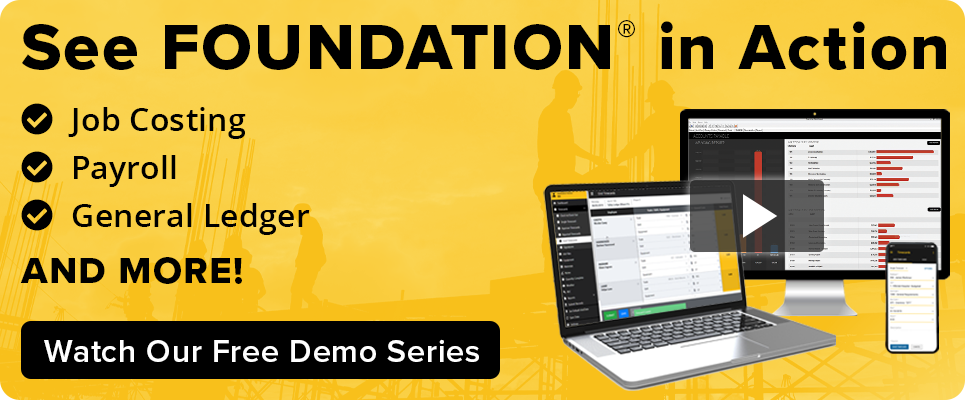
Pro Tip: Take your project cost and divide by the square feet to get your price per sq. ft. and log by project type i.e. hospitals, commercial, multi-family or educational facility. Then, in the future, you have a log of profitable projects by type and different sizes that you can use for quick budgetary purposes and for double checking estimates before you submit them.
Estimating costs low enough to win bids against competing contractors, but high enough to turn a profit, allows your business to survive. Using these estimates as a budget to help you control costs will help you achieve this immediate goal and prepare your business for future jobs by displaying actuals vs. estimates in reports. Having this data for future analysis is what helps your business thrive.
Share Article
Keep on current news in the construction industry. Subscribe to free eNews!
Our Top 3 YouTube Videos
Learn about our software more in depth with product overviews, demos, and much more!
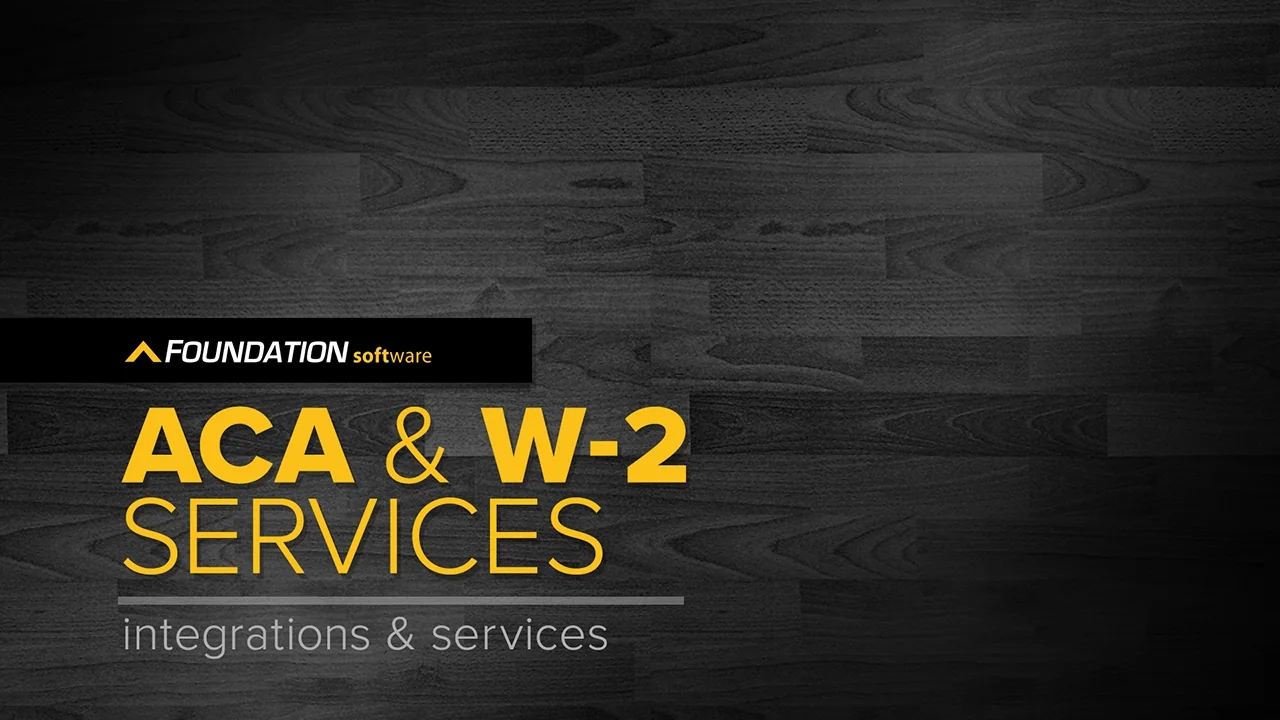
Our ACA reporting & e-filing services include official 1094-C and 1095-C IRS reporting, optional e-filing (no applying for a TCC code required), mailing to your employees and experienced support to help you.

There are plenty of reasons to make FOUNDATION your choice for job cost accounting and construction management software — just ask our clients!
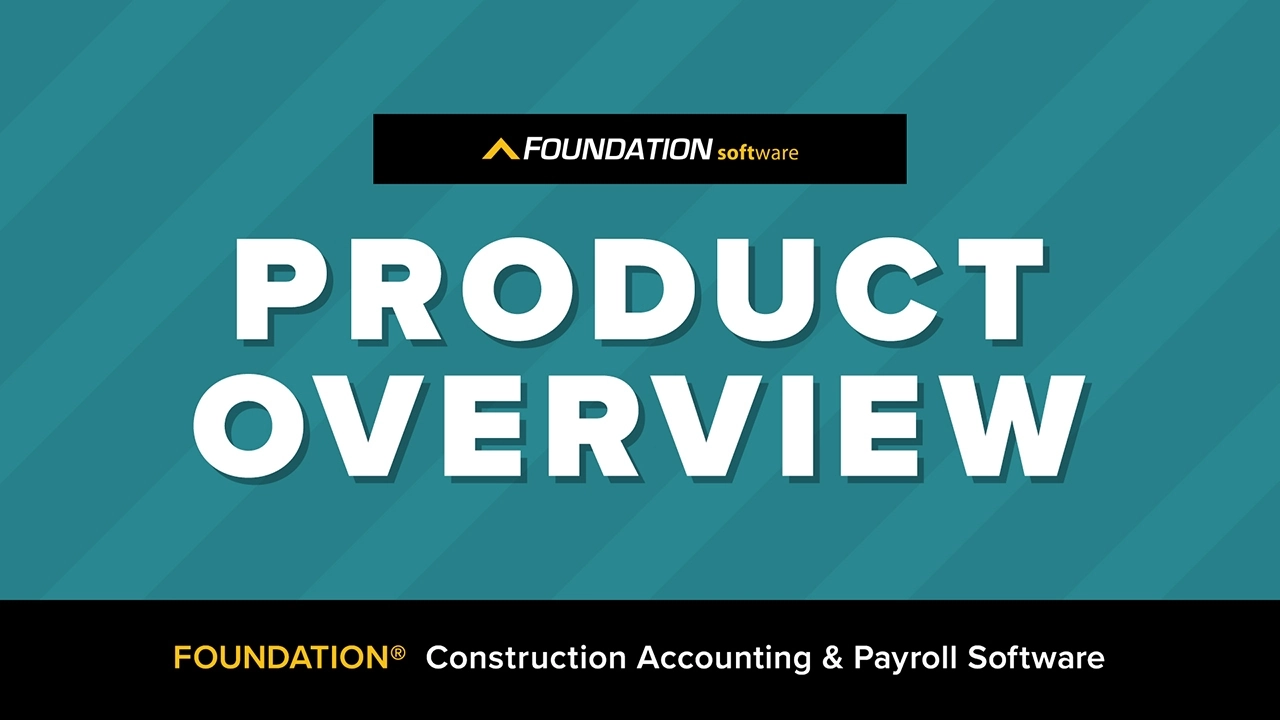
From job cost accounting software, to construction-specific payroll. Get an overview on your next all-in-one back-office solution.



